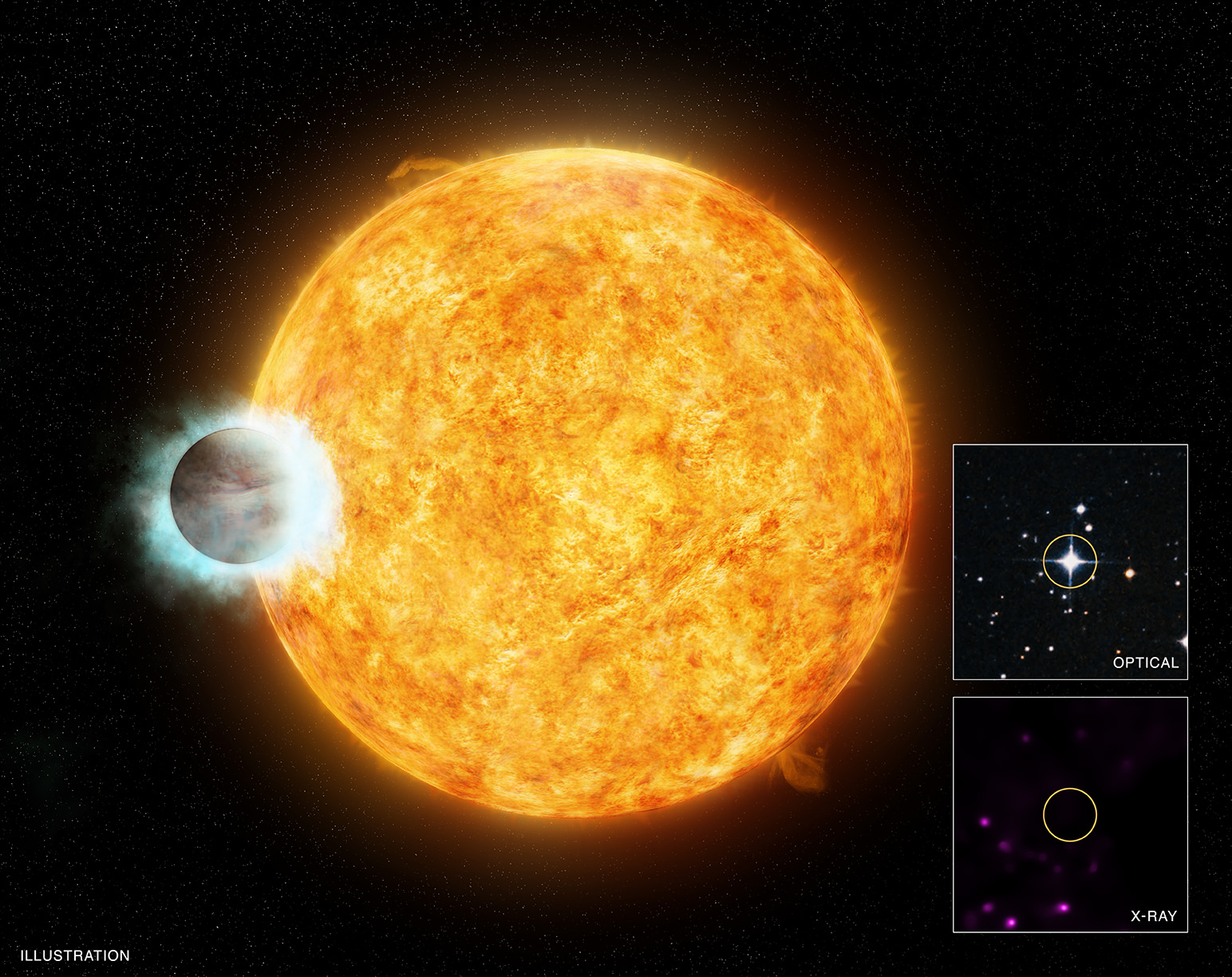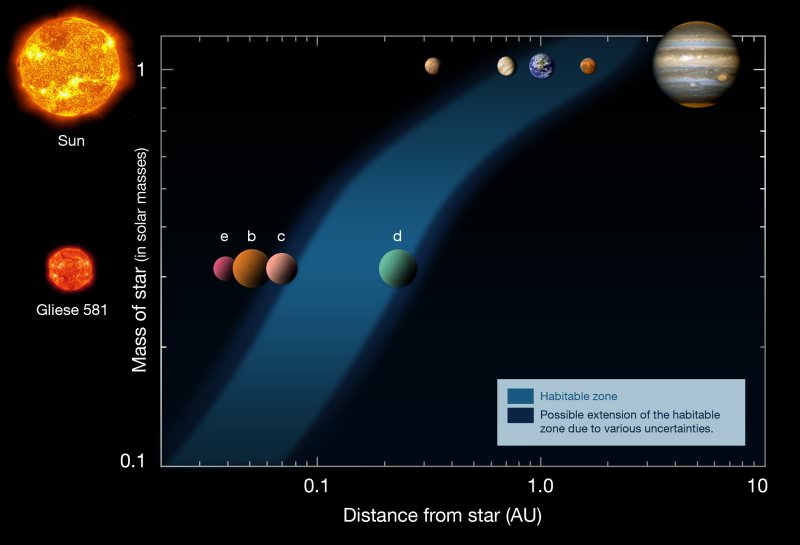Which Statement About Extrasolar Planets Found to Date Is True
Jovians often lie much closer to their suns than ours do that most orbits are less circular than planets around our Sun multiple planets are found in some systems. We know from NASAs Kepler Space Telescope that there are more planets than stars in the galaxy.

Extrasolar Planets Physics World
All lie more than 2 AU.

. The first exoplanet ever found was 51 Peg b. Large jovians very close to their star. 1 In essence most of the extrasolar planets discovered to date have been found by.
Extrasolar planetary systems are similar to our solar system in all of the following ways EXCEPT. Each factor in the Drake Equation has a well-known established valueTF False. The second-most-used path to discovering exoplanets is via Doppler spectroscopy sometimes called the radial velocity method and commonly known as the wobble method.
A noting the drop in the stars light as the planet transits its disk. Which statement about extrasolar planets found to date is true. Most of the exoplanets discovered so far are in a relatively small region of our galaxy the Milky Way.
Which statement about extrasolar planets found to date is true. C Some are so close to their stars that their periods are just a. The Kuiper belt is found where in the solar system.
B Few are found by Doppler shifts of their stars due to their gravity. C All lie more than 2 AU from their star. In comparing our own solar system with others found to date we find.
Which of the following are the jovian planets. Course Title ASTRO 1011. B Few are found by Doppler shifts of their stars due to their gravity.
Pages 26 Ratings 100 1 1 out of 1 people found this document helpful. In terms of composition. D Most have orbital periods of more than a year.
So far beyond the solar system the extrasolar planets found have been mostly. Which statement about extrasolar planets found to date is TRUE. The planets found to date have tended to be.
B Few are found by Doppler shifts of their stars due to their gravity. All are terrestrials comparable in size to Earth. Three planets were found around pulsar PSR 125712.
Which statement about extrasolar planets found to date is true. An exoplanet was defined by the following. Most of first extrasolar planets found were detected by.
D Most have orbital periods of more than a year. Most extrasolar Neptunes and Jupiters found to date have. Large jovians with terrestrial-type orbits.
Orbits that are more eccentric than those of planets in our solar system with eccentricities greater than 01. The official definition of the term planet used by the International Astronomical Union IAU only covers the Solar System and thus does not apply to exoplanets. Beyond the orbit of neptune.
The first planet found by its transit was observed in 1999. Faster due to conservation of angular momentum. Few are found by Doppler shifts of their stars due to their gravity.
The IAU Working Group on Extrasolar Planets issued a position statement containing a working definition of planet in 2001 and which was modified in 2003. C All lie more than 2 AU from their star. Observing a star carefully enough to notice that it is experiencing a gravitational tug caused by an unseen planet.
75 Which statement about extrasolar planets found to date is true A All are. Some are so close to their stars that their periods are just a few days. The first extrasolar planets were found around which unusual type of star.
So far beyond the solar system the extrasolar planets found have been mostly. As of April 2016 582 exoplanets about 296 of the total known at the time were discovered using this methodMar 6 2017. Scientists have found that most known exoplanets share many similarities with the jovian planets in our solar system such as size density and composition.
For the presence of hot Jupiters in some systems. 40 Which statement about extrasolar planets found to date is true. Most have orbital periods of more than a year.
By measuring exoplanets sizes diameters and masses weights we can see compositions ranging from very rocky like Earth and Venus to. B imaging them with the HST in the infrared where they are easier to stop. Since these planets orbit close to their stars their temperatures are probably much higher than temperatures on the jovian planets.
Some are so close to their stars that their periods are just a few days. A All are terrestrials comparable in size to Earth. A All are terrestrials comparable in size to Earth.
Exoplanets are probably made of hydrogen and helium gas. B observing a star carefully enough to notice that it is experiencing a gravitational tug caused by an unseen planet. A All are terrestrials comparable in size to Earth.
A closely examining very high-resolution photographs of other star systems. Beyond our own solar system the planets found to date have tended to be large jovians with orbits more like terrestrial planets. When we are lucky enough to see an extra-solar planet transit its star we can by the drop in light find the planets size mass and density.
Which statement about extrasolar planets found to date is true. Its not known how the planets survived the supernova explosion that formed the pulsar. 75 which statement about extrasolar planets found to.
All of the above. C noting the Doppler shifts of the star as the planet orbits it from side to side. Earth-like planets have been observed outside our solar system orbiting in the habitable zoneTF True.
Observing a star carefully enough to notice that it is experiencing a gravitational tug caused by an unseen planetIn essence most of the extrasolar planets discovered to date have been found by.

What Are Extrasolar Planets Universe Today

Comments
Post a Comment